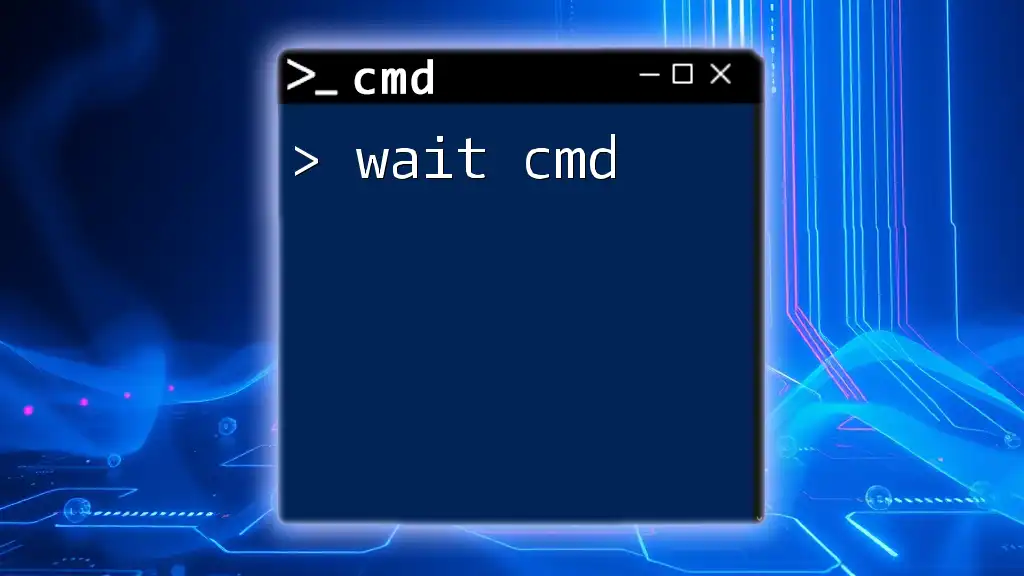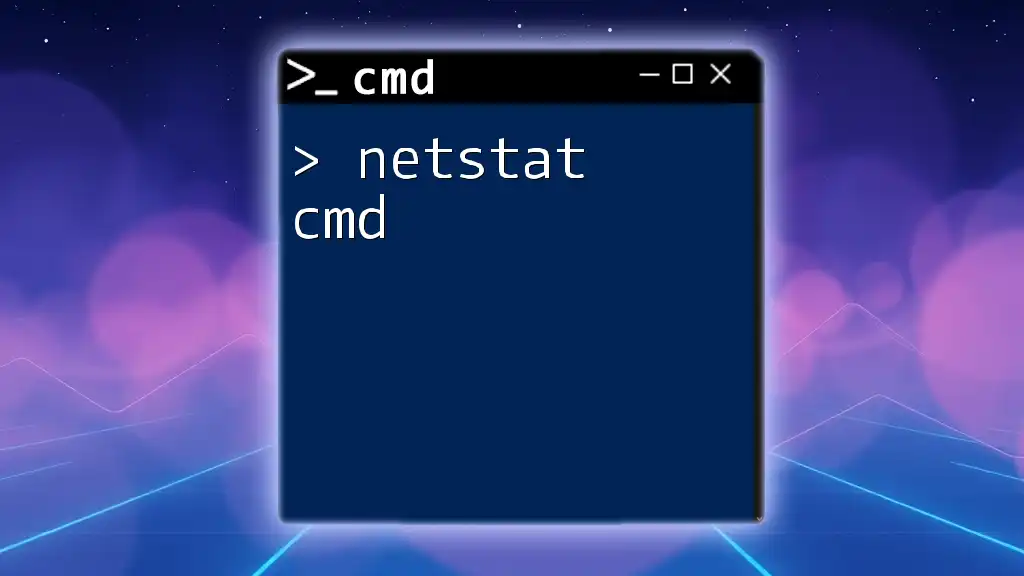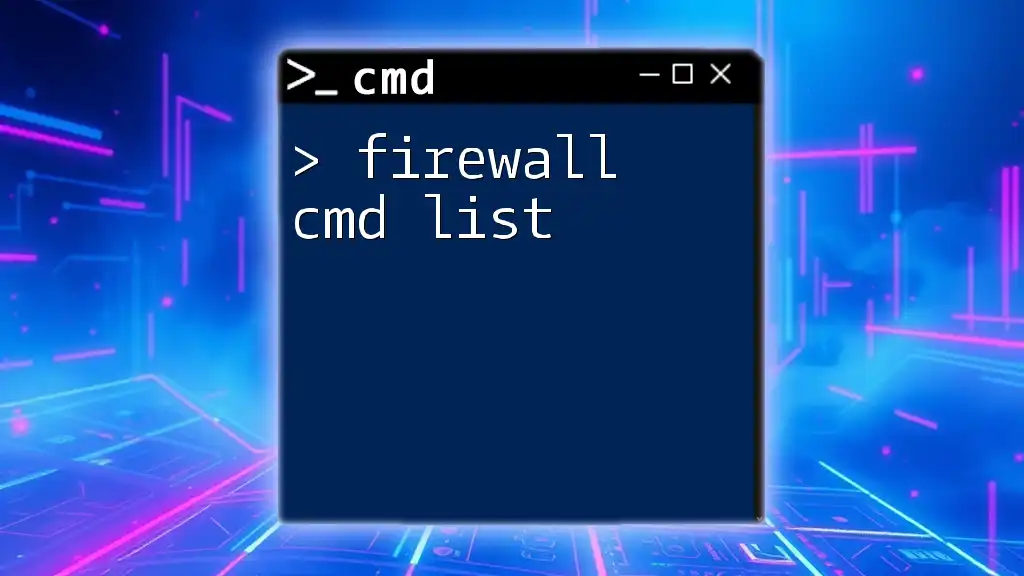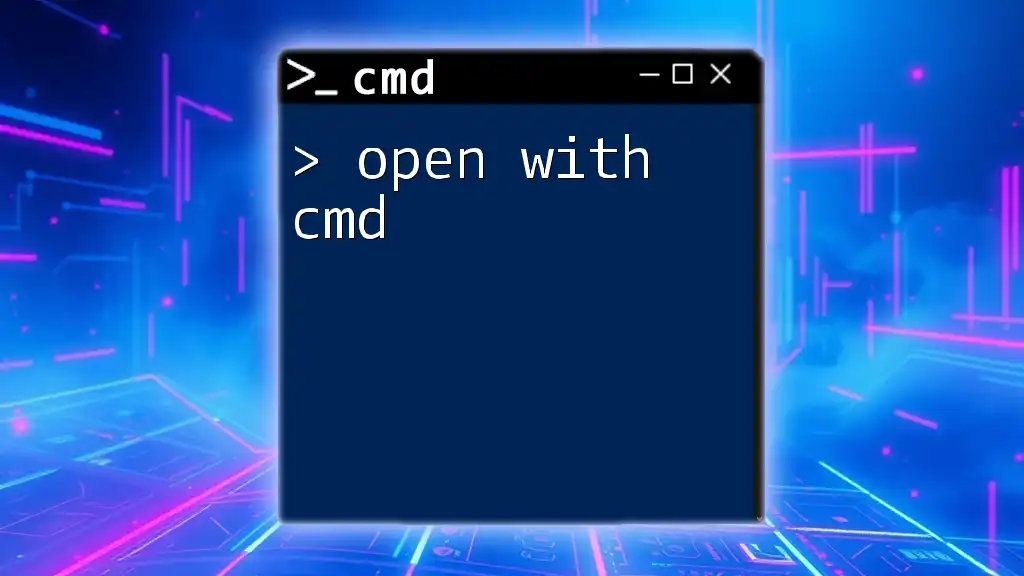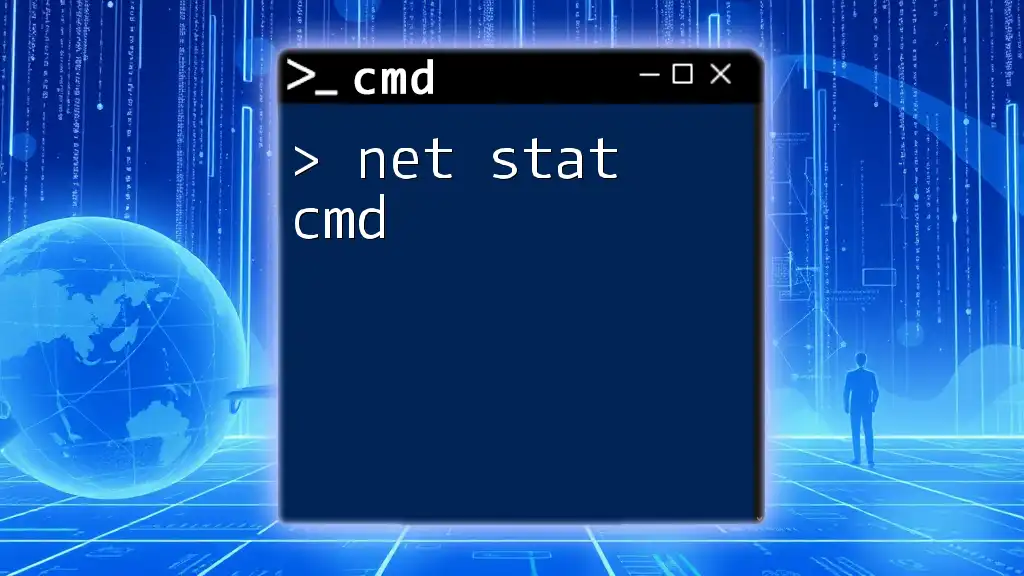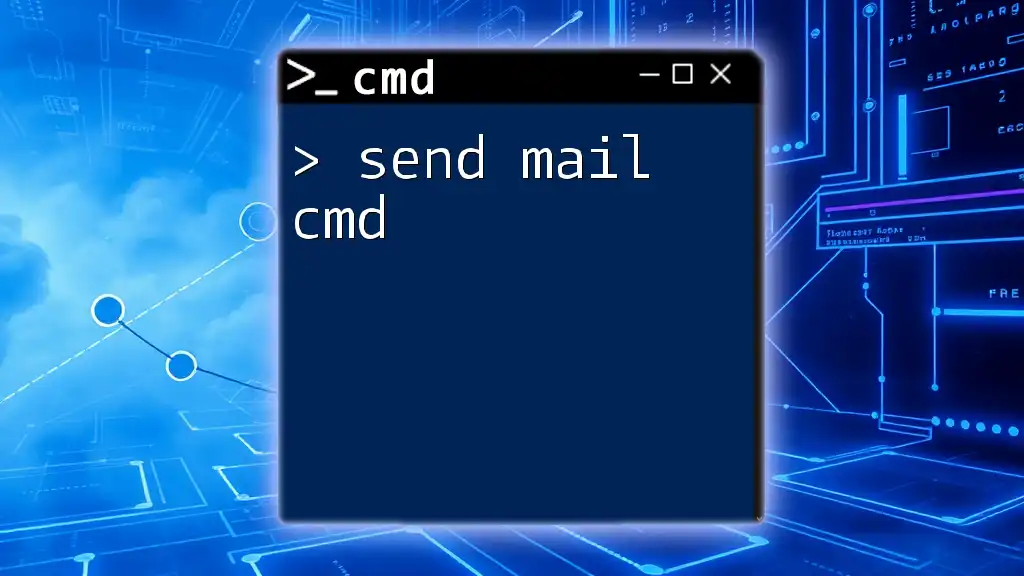The `wait` command in CMD is often used in batch scripts to pause the execution of the script for a specified amount of time.
Here's an example of a simple batch script that uses `timeout` to create a wait time:
@echo off
echo Waiting for 5 seconds...
timeout /t 5
echo Done waiting!
What is the `wait` Command?
The `wait` command in CMD is a powerful utility that allows users to introduce a delay in the execution of commands or scripts. This command is essential for scenarios where timing is crucial, such as when waiting for a process to finish or allowing time for an operation to stabilize.
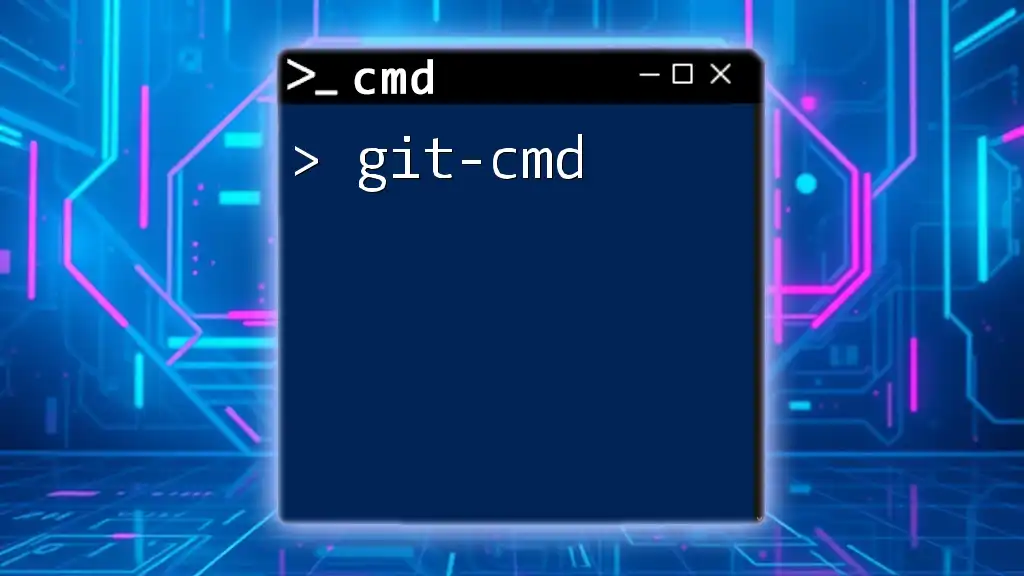
How to Use the `wait` Command
Syntax Overview
The basic syntax of the `wait` command is:
wait [duration]
- `duration` specifies the time to wait before the command continues. It can be expressed in seconds or milliseconds, depending on your needs.
Basic Example of the `wait` Command
Here’s a simple example that showcases the `wait` command in action:
echo Starting Process...
wait 5
echo Process Resumed!
In this example, the first line prints “Starting Process…”. The command then pauses execution for 5 seconds due to the `wait` command, after which it resumes and prints “Process Resumed!”. This illustrates how you can create pauses in between commands for better readability and timing in your scripts.
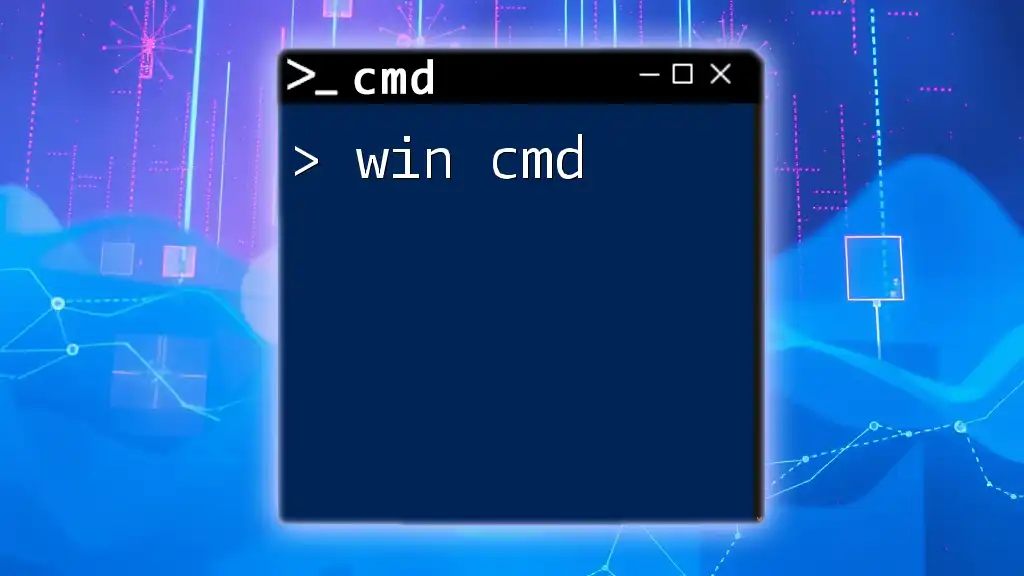
Practical Applications of the `wait` Command
Delaying Batch File Execution
The `wait` command is particularly useful when creating batch files where order of operations and timing matter. For example, you might need to pause between steps in a process. Consider this batch file:
@echo off
echo Step 1: Initializing...
wait 10
echo Step 2: Processing...
wait 5
echo Step 3: Complete.
In this script:
- Step 1 initializes a process, followed by a 10-second wait.
- Step 2 proceeds after the wait, indicating to the user that something is occurring.
- After another 5-second wait, Step 3 confirms completion.
Each step adds clarity to what the script is doing in real-time.
Working with Scripts that Require Time Gaps
There are scenarios where scripts must wait for certain services or applications to be ready. For instance, if you are starting a service, ensuring it is fully operational before proceeding can prevent errors:
@echo off
net start "ServiceName"
wait 30
if errorlevel 1 (
echo Failed to start the service.
) else (
echo Service started successfully.
)
In this example:
- The script attempts to start a service named "ServiceName".
- It then uses the `wait` command to pause for 30 seconds, allowing the service time to initialize.
- After the wait, it checks if the service started successfully, providing feedback based on the result.
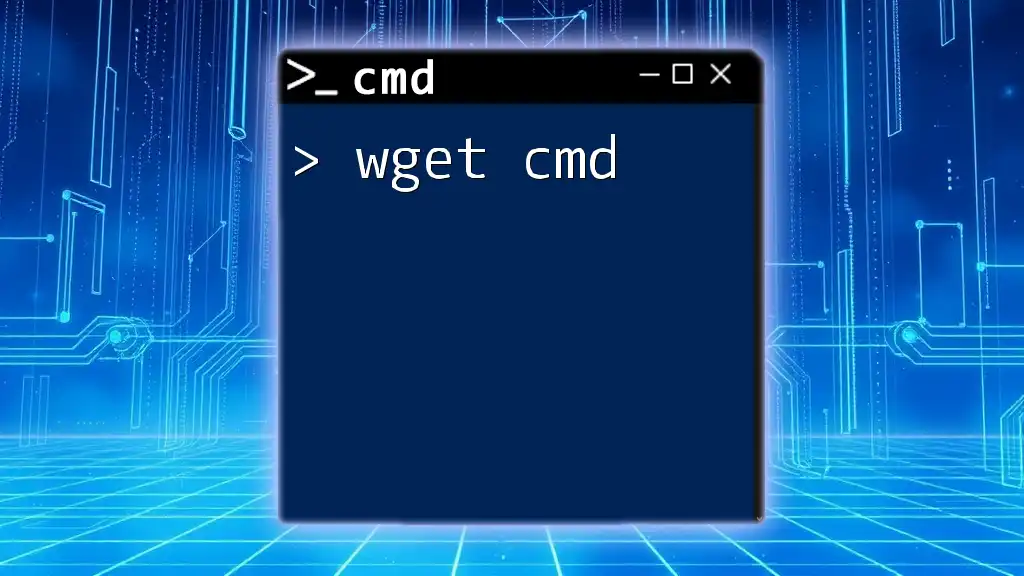
Common Mistakes When Using `wait`
Forgetting to Specify Duration
One of the most common mistakes users make is omitting the duration. Failing to specify how long to wait can lead to circumstances where the script runs without any effective pauses, often resulting in processes overlapping or commands being executed out of order.
Misunderstanding Time Formats
Another common misunderstanding arises from time formats. Users might assume that the command accepts multiple time formats. However, if you enter an unsupported time format, CMD will raise an error. Always check your entry to ensure it matches the expected duration format to avoid execution issues.
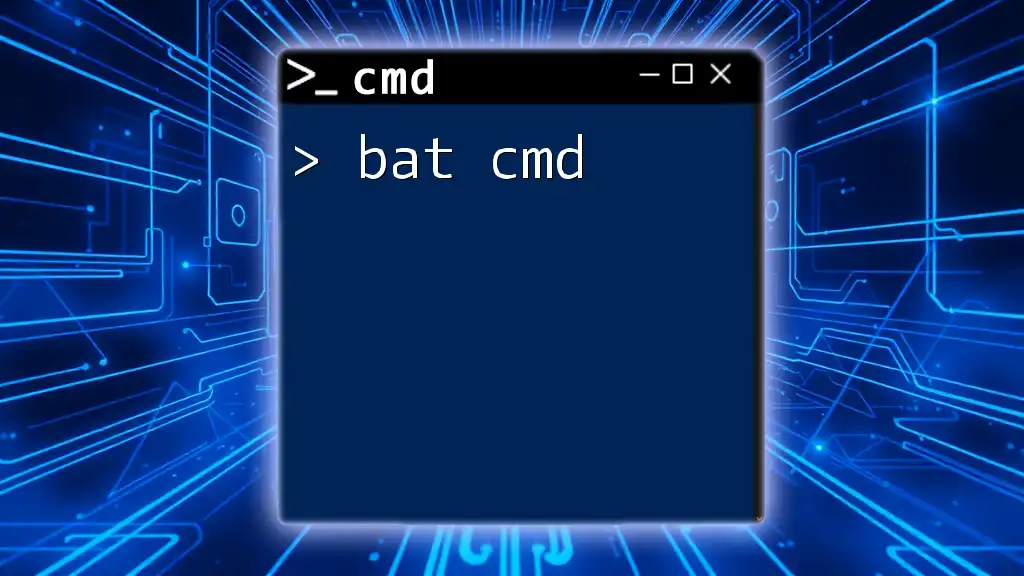
Alternative Commands to `wait` in CMD
Using `timeout`
The `timeout` command is a popular alternative to `wait`. It has a similar purpose, with a slightly different interface. The syntax is as follows:
timeout [duration]
For example, using `timeout`:
echo Pausing for 10 seconds...
timeout 10
echo Resuming now.
This command pauses execution for 10 seconds and then resumes, providing a similar delay effect as `wait`.
Combining Commands for More Control
You can also manage the execution of external programs using the `start /wait` command. This combination allows you to launch an application and wait for it to complete before moving forward.
Here is an example:
start /wait myprogram.exe
echo Program has completed execution.
In this command, `myprogram.exe` is started, and the script automatically halts until this program finishes running. This approach is valuable when automating workflows that require the completion of specific applications before proceeding to the next step.
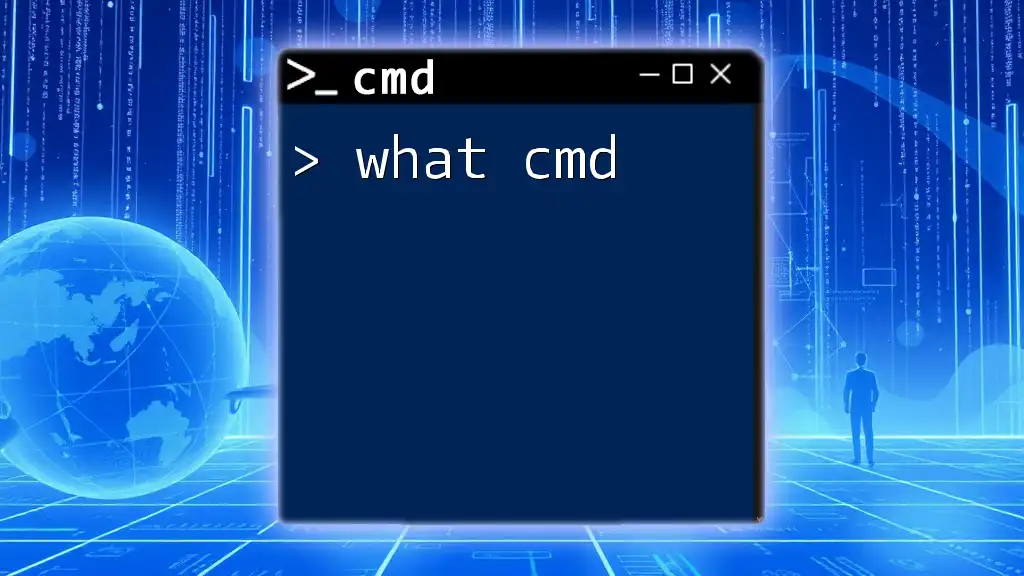
Summary of Key Points
The `wait` command is a critical tool for creating effective and organized CMD scripts. It introduces necessary pauses, enhances script clarity, and ensures that operations have time to complete, especially during automation.
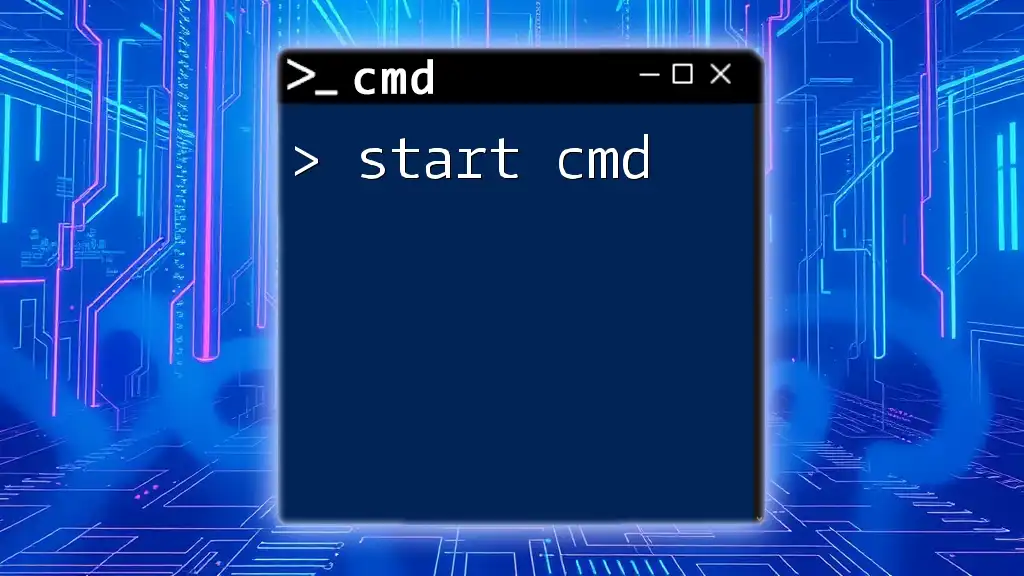
Conclusion: Elevate Your CMD Skills
Practicing the `wait` command will significantly improve your CMD scripting skills and overall productivity. Mastering this command, along with understanding its alternatives, will equip you to handle time-sensitive operations efficiently. Continue exploring tutorials and resources to further enhance your CMD capabilities.
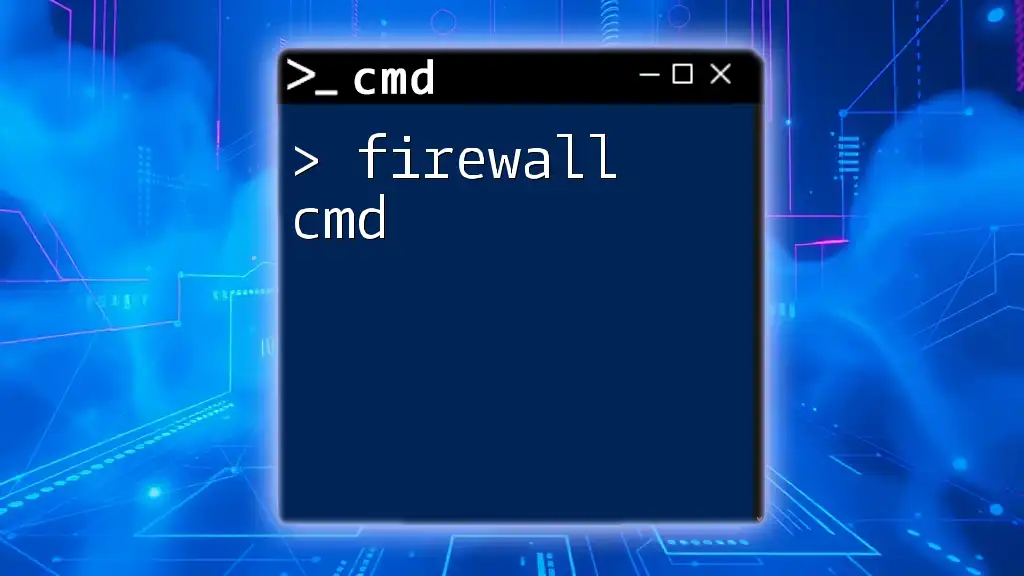
Additional Resources
Documentation and References
For comprehensive details on the `wait` command and other CMD functionality, refer to the official Microsoft CMD documentation. Engaging with online forums and communities can also provide practical insights and tips from experienced users.
`wait` Command Related Articles
Consider reading additional articles on advanced CMD techniques for an even deeper understanding of CMD commands and scripting strategies, enabling you to harness the full potential of your CMD skills.

